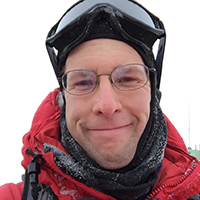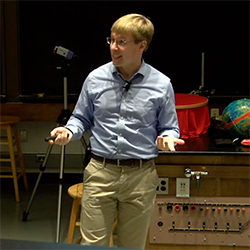About
The Particle Cosmology group at the University of Illinois explores the connections betwen the universe's workings on its largest and smallest scales. We develop and employ “readout systems” for the cosmic laboratory: instruments to help tease out the signatures of new fundamental physics from astrophysical messengers. Recent efforts have focused on measurements of the cosmic microwave background (CMB), the afterglow of the hot early universe, from ground, balloon, and space. New efforts include technology development for CMB and THz observations.
Our group’s research touches upon a broad range of topics bridging the domains of cosmology and fundamental physics. Our instrumentation employs cutting-edge technologies developed in condensed matter and engineering labs, including superconducting detectors and millimeter-wave optics. Our data analysis efforts involve large-scale computing and simulations. Students develop a wide variety of skills in a collaborative environment while addressing some of the highest-profile questions of modern cosmology.
Research Activities
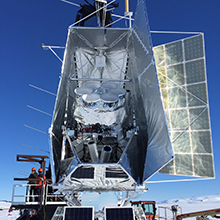
SPIDER & Taurus
SPIDER is an ambitious balloon-borne instrument seeking evidence of primordial gravitational waves in the "B-mode" polarization of the Cosmic Microwave Background (CMB). SPIDER has completed two long-duration balloon flights over the Antarctic, with launches on January 1, 2015 (launch video), and Dec. 22, 2022 (photos/video). Prof. Filippini served as PI for the second campaign.
A successor mission, Taurus, has recently been funded to measure the universe's optical depth to reionization (τ) and characterize Galactic foregrounds from an ultra-long duration balloon flight.
Learn More »
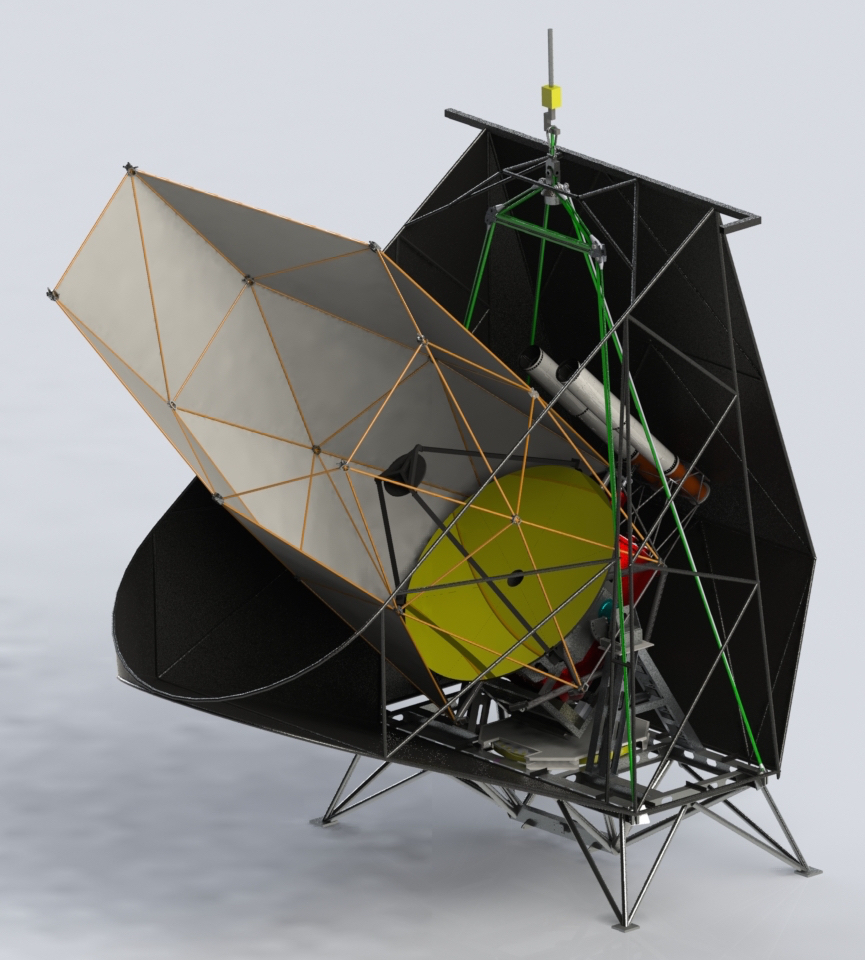
TIM
The Terahertz Intensity Mapper is a long-duration balloon mission to study the history of cosmic star formation through intensity mapping at 240-420μm. The payload's KID spectrometer will be a technology pathfinder for Origins Space Telecope. Our group manages the TIM cryogenic system and contributes to detector design and forecasting.
Learn More »
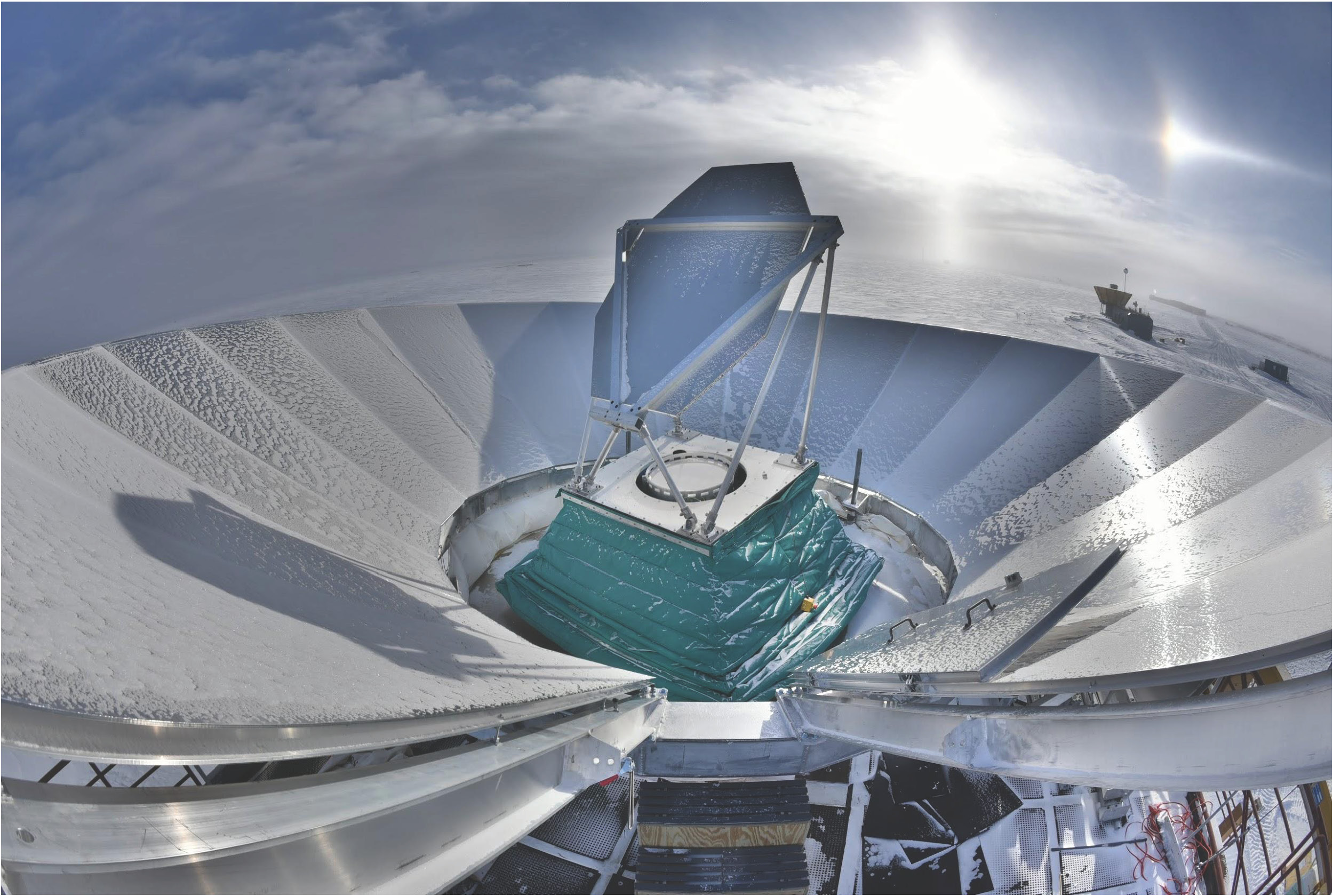
BICEP / SPO
The BICEP program has deployed a series of powerful refracting telescopes to the South Pole. These instruments have made the deepest (lowest-noise) maps to date of CMB polarization on degree angular scales, and set the most stringent constraints on primordial gravitational waves. The South Pole Observatory (SPO), a collaboration between BICEP and SPT, will bring unprecedented sensitivity to a broad range of CMB science.
Learn More »
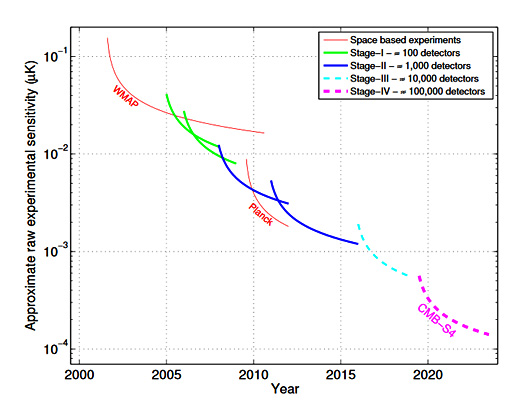
CMB-S4
"CMB - Stage 4", the next-generation ground-based obsevational program for CMB cosmology, will bring to bear data from multiple telescopes and observing sites to probe qualitatively new parameter space for fundamental physics and astrophysics. Our group pursues R&D activities in detectors, readout, cold optics, and analysis development.
Learn More »
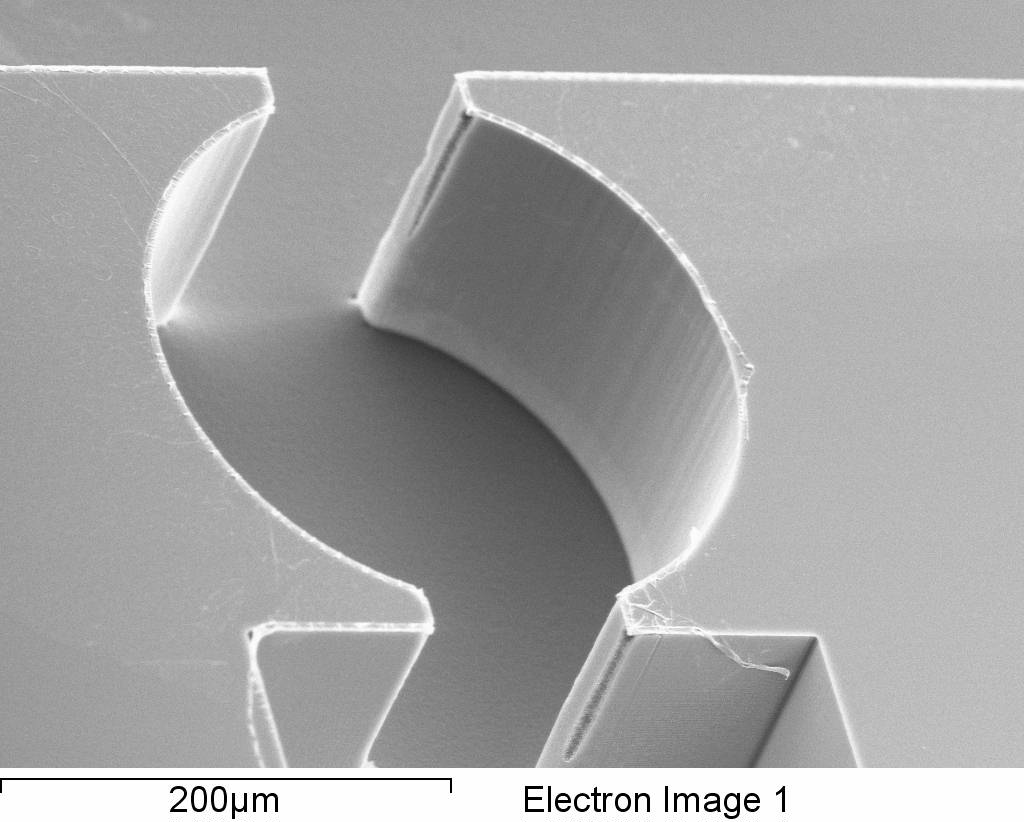
Technology Development
Our group carries out a variety of technology R&D to enable new observations of the universe. Notable efforts include characterizing the cosmic ray response of CMB detectors for future space missions (PICO), detector and readout development for CMB-S4, and development of an on-chip KID spectrometer for THz observations (Origins Space Telecope).
Image: Terahertz vacuum waveguide resonator fabricated in the MNMS clean room at UIUC (Rong Nie).
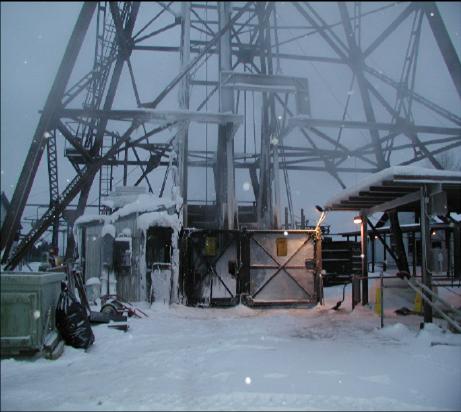
Dark Matter
There is now abundant evidence that the bulk of the universe's matter is in some dark form, not found the Standard Model of particle physics. Direct detection experiments seek to detect the interactions of particle dark matter in terrestrial detectors in ultra-low-radioactivity environments. As a Ph.D. student Prof. Filippini contributed to the Cryogenic Dark Matter Search (CDMS II), an underground experiment using semiconductor detectors.
Hrushi Athreya
Undergrad, Physics & MechSE
TIM
Carina Baker
Physics Ph.D. Student
CMB-S4
Jianyang Fu
Astronomy Ph.D. Student
co-advised with J. Vieira
TIM
Sho Gibbs
Physics Ph.D. Student
SPIDER, Taurus
Suvinay Goyal
Undergrad, Physics
SPIDER
Amber Lennox
Physics Ph.D. Student
SPO
Vesal Razavimaleki
Physics Ph.D. Student
TIM
Alumni and Visitors
Graduate and Postdoctoral
Dr. Riccardo Gualtieri
Postdoc 2015-20
SPIDER, PICO
Northwestern University
Dr. Rong Nie
Ph.D. 2023
TIM, THz devices
Dr. Ben Osherson
Ph.D. 2022
SPIDER, PICO, CMB-S4
Virtu Financial
Dr. Elle Shaw
Ph.D. 2023
SPIDER
U.T. Austin
Undergraduate and Post-Bac
Cecilia Abbamonte
B.S. 2021, UIUC
Jianyang Fu
B.S. 2018, UIUC
Ph.D. student, UIUC
Derek Glennon
B.S. 2018, UIUC
Scientific Games Corp.
Robert Gramillano
B.S. 2016, UIUC
Data scientist, IRI
Ahmed Imran
B.S. 2020, UIUC
Ph.D. student, UI Chicago
Harshil Kamdar
B.S. 2016, UIUC
Ph.D. 2021, Harvard
Kairos Aerospace
Cyrus Liu
B.S. 2020, UIUC
Alex Navarre
B.S. 2018, UIUC
Ph.D. student, U. Cincinnati
Albert Ostoja-Starzewski
B.S. 2023, UIUC
Kaliroë Pappas
B.S. 2018, UIUC
Ph.D. student, MIT
Charmi Patel
B.S. 2020, UIUC
Ph.D. student, U. Mass. Lowell
Aaron Smothers
B.S. 2019, UIUC
Data Engineer, Lundbeck
Lunan Sun
B.S. 2015, UIUC
Ph.D. 2022, UIUC
Summer REU Program
Bryan Hendricks
REU 2017
B.S. 2019, Illinois Institute of Technology
Ph.D. student, Penn State
Marshall Horton
REU 2022
Parkland College
Annette Kwasniewski
REU 2023
Elmhurst College
Hannah Messenger
REU 2018
B.S. 2020, Case Western
M.M. student, New England Conservatory of Music
Emma Western
REU 2016
B.S. 2018, University of St. Thomas
Ph.D. student, LSU
Hilary Utaegbulam
REU 2019
B.S. 2020, University of Houston
Ph.D. student, Syracuse
Recent News
- Oct. 11, 2023: Congratulations to Dr. Elle Shaw on her successful defense!
- Mar. 21, 2023: Elle is a semi-finalist for for the 2023 Image of Research competition, for her photo of SPIDER and Erebus!
- Feb. 21, 2023: Congratulations to Dr. Rong Nie on his successful defense!
- Jan. 27, 2023: Read more about SPIDER's 2022 campaign at UIUC and WUSTL.
- Dec. 21, 2022: SPIDER-2 launched from Antarctica on a long-duration balloon at 21:27 UTC (10:27 local time Dec. 22), a mere 20 minutes from the solstice.
- Oct. 17, 2022: The SPIDER-2 deployment campaign has begun! Elle is on her way to Antarctica, with Sho and Jeff joining in the coming weeks. Her article describing the summer campaign in Texas is now posted.
- Aug. 16, 2022: Jeff has been awarded tenure at Illinois, and promoted to the title of Associate Professor.
- Jul. 22, 2022: After completing pre-flight compatibility testing last week, SPIDER is packed and on its way to Antarctica! Many thanks to the team at CSBF for their extensive help and support.
- May 31, 2022: Pre-flight integration for SPIDER has begun at Columbia Scientific Balloon Facility in Palestine, TX! After a long pandemic hibernation, we're preparing SPIDER for an Antarctic launch in December.
- May 26, 2022: Elle Shaw gave a presentation on SPIDER to a distinguished audience at From Planck to the future of CMB, in Ferrara, Italy. Our team's first in-person conference talk since pre-pandemic!
- Mar. 29, 2022: Congratulations to Dr. Ben Osherson, our group's first Ph.D. graduate, on his successful defense!
- Feb. 26, 2022: We have taken our first TES load curves with full time-division SQUID multiplexing in our dilution fridge! After initial commissioning and training using an old SPIDER array, this will enable development and commissioning of hardware for CMB-S4 and Taurus.
- Oct. 14, 2021: Our group is featured in two department news articles: one on our lab's newly-constructed crane loft, intended for TIM cryostat operations, the other on the new Taurus balloon project.
- Oct. 4, 2021: The newest BICEP/Keck result ("BK18") has been published as a featured article in Physical Review Letters. This represents the strongest constraint on primordial gravitational waves to date: r<0.036 (95% CL).
- Sep. 1, 2021: Our group has been awarded new NASA funding to develop a new balloon-borne CMB instrument called Taurus, and to prepare for SPIDER's second flight.
- Jul. 23, 2021: Congratulations to Amber on passing her preliminary (candidacy) exam!
- Jul. 19, 2021: Jeff and Rong will be presenting posters this week at the 19th International Workshop on Low Temperature Detectors.
- Jul. 8, 2021: Our laboratory's new dilution refrigerator is operational, reaching a base temperature of 8.7 mK this morning. It will soon be engaged in development work for CMB-S4, Taurus, PICO, and beyond!
- Apr. 30, 2021: Congratulations to Elle, who has received the department's 2021 Errede award and been accepted to the college's Mavis Future Faculty program for next year.
- Apr. 23, 2021: Jeff was a featured speaker at this weekend's Art-Science Festival, speaking about ballooning in Antarctica.
- Mar. 24, 2021: Primary cosmological results from SPIDER's first flight have been posted to the arXiv!
- Mar. 16, 2021: Our group's new dilution refrigerator has arrived and awaits installation!
- Dec. 13, 2020: Elle has presented a poster and associated paper at SPIE 2020, on the design and performance of the SPIDER 280 GHz receivers.
- Sep. 2, 2020: Congratulations to Rong on passing his preliminary (candidacy) exam!
- Aug. 17, 2020: Congratulations to Ben on passing his preliminary (candidacy) exam!
- Jul. 15, 2020: Our group has been awarded new funding for our efforts on CMB-S4 (DOE) and to develop a new on-chip THz spectrometer for space applications (NASA).
- May 19, 2020: Jeff has been elected to the Governing Board of the CMB-S4 collaboration.
- May 7, 2020: Congratulations to Elle on passing her preliminary (candidacy) exam!
- Mar. 11, 2020: Rong has presented a poster at ISSTT 2020 on his work designing absorbers for TIM. An associated paper will be submitted to IEEE Transactions on THz Science and Technology.
- Feb. 16, 2020: Ben's LTD paper on the particle response of antenna-coupled TES arrays has been accepted to appear in JLTP, and been posted on the arXiv! Several other LTD papers for BICEP Array have also been accepted and posted.
- Dec. 16-19 2019: Jeff presented a talk on SPIDER and a poster on cosmic ray response at B-Mode from Space 2019 in Garching, Germany.
- Oct. 2-4, 2019: U. of Illinois hosted the inaugural meeting of the South Pole Observatory (SPO) collaboration, a joint effort between the BICEP/Keck and SPT collaborations to build the future of CMB research at the South Pole.
- Jul. 22-26 2019: Ben presented a talk at Low-Temperature Detectors 2019 in Milan, Italy. Riccardo and Jeff also attended.
- Apr. 19, 2019: Best wishes to our undergrad alums heading off to pursue Ph.D.s! In the fall Bryan will be attending Penn State, and Kaliroë will attend MIT.
- Feb. 28, 2019: The mission study report for PICO, a concept for a probe-class CMB satellite, has been submitted to NASA and posted to the arXiv.
- Dec. 20, 2018: Kick-off meeting at the University of Arizona for our newly-funded balloon project, TIM (STARFIRE)!
- May 29, 2018: Welcome to our 2018 REU student: Hannah Messenger, from CWRU.
- May 13, 2018: Congratulations to our class of 2018 graduates: Frank Fu, Derek Glennon, and Alex Navarre!
Jeff was the faculty speaker at the 2018 Physics/Astronomy Convocation ceremony.
- May 1-3, 2018: Ben presented a poster on the cosmic ray response of TES arrays at the PICO (CMB probe) meeting.
- Apr. 4, 2018: Elle is a 2018 recipient of the Physics department's Scott Anderson Outstanding Graduate Assistant Award!
- Mar. 7, 2018: The last two SPIDER 280 GHz telescopes have shipped from UIUC to Princeton, where they will be integrated with the flight payload.
- Feb. 14, 2018: Jeff delivered the Physics Colloquium: "A View of the Dawn of Time from Above the Clouds".
- Dec. 15, 2017: Jeff has been named a Fellow of the U of I Center for Advanced Study for the 2018-19 academic year.
- Oct. 24, 2017: For Dark Matter Day at U of I, Jeff and colleagues hosted a screening of Seeing the Beginning of Time, followed by a panel discussion. About 150 people attended!
- Sep. 28, 2017: Our test cryostat is sub-Kelvin once again! We'll be characterizing the response of CMB detectors to particle radiation using Ben's "monotile" test jig.
- Sep. 22, 2017: Jeff was one of three hosts of Astronomy on Tap at Pygmalion 2017.
- Aug. 2, 2017: SPIDER's first scientific result from the 2015 flight has been published in the Astrophysical Journal: a new upper limit on the circular polarization of the CMB.
- Jul. 17-21, 2017: Jeff and Riccardo traveled to Kurume, Japan for Low-Temperature Detectors 2017, where they presented a poster on SPIDER and studies of cosmic ray response in CMB detectors.
- Mar. 23, 2017: Jeff gave an invited review talk on CMB observations at an Aspen Winter Conference: "From the LHC to Dark Matter and Beyond".
- Nov. 5, 2016: Professor Filippini delivered a public lecture, The Hidden Universe: Dark Matter and Dark Energy, as part of the Saturday Physics for Everyone series.
- Nov. 1, 2016: The SPIDER project has been renewed for a second flight in 2018! SPIDER is funded by NASA and by the Canadian Space Agency.
- Jun. 16, 2016: Professor Filippini hosted Astronomy on Tap Champaign-Urbana, giving a talk about dark matter at Pizza M.
- Feb. 2, 2016: The SPIDER test cryostat has arrived at U of I in preparation for SPIDER-2 receiver work.
- Jan. 20, 2016: The BICEP2/Keck 95+150 GHz paper has been published as an Editor's Choice in Physical Review Letters.
- Nov. 22, 2015: This Thanksgiving we give thanks that SPIDER has begun her long trip back to the States, thanks to heroic recovery efforts in Antarctica this week by Ed Young (Princeton Ph.D. student) and the British Antarctic Survey!
- Oct. 30, 2015: New results from Keck Array (95+150 GHz) and BICEP2 (150 GHz) set the most stringent limits to date on primordial gravitational waves. This is the first polarization-only constraint that surpasses that from the CMB temperature anisotropies: arXiv:1510.09217.
- Aug. 14, 2015: Our group has been awarded its first external research funding: a NASA Strategic Astrophysics Technology grant, in collaboration with Caltech/JPL!
- Mar. 9, 2015: The BICEP2/Keck Array/Planck joint analysis has been published as an Editor's Choice in Physical Review Letters.
- Feb. 4, 2015: SPIDER's data disks have been recovered from the ice by members of the British Antarctic Survey! Data analysis will shortly begin in earnest.
- Jan. 1-18, 2015: SPIDER has completed its first science flight over Antarctica! See story in Caltech News.
Selected Publications
SPIDER
P.A.R. Ade et al., "A Constraint on Primordial B-Modes from the First Flight of the SPIDER Balloon-Borne Telescope", Astrophys. J. 927, 174 (2022)
J.P. Filippini et al., "In-flight gain monitoring of SPIDER's transition-edge sensor arrays", J. Low Temp. Phys. (2022)
E.C. Shaw et al., "Design and pre-flight performance of SPIDER 280 GHz receivers", Proc. SPIE 11453 (2020)
R. Gualtieri, J.P. Filippini et al., "SPIDER: CMB polarimetry from the edge of space", J. Low Temp. Phys. 193, 1112 (2018)
J.M. Nagy et al., "A New Limit on CMB Circular Polarization from SPIDER", Astrophys. J. 844, 151 (2017)
A.S. Rahlin et al., "Pre-flight integration and characterization of the SPIDER balloon-borne telescope", Proc. SPIE 9153 (2014)
A.A. Fraisse et al., "SPIDER: probing the early universe with a suborbital polarimeter", JCAP 04, 047 (2013)
D.T. O'Dea et al., "Spider optimization II: Optical, Magnetic and Foreground Effects", Astrophys. J. 738, 63 (2011)
BICEP / Keck
P.A.R. Ade et al., Improved Constraints on Primordial Gravitational Waves using Planck, WMAP, and BICEP/Keck Observations through the 2018 Observing Season, Phys. Rev. Lett. 127, 151301 (2021)
P.A.R. Ade et al., "A Demonstration of Improved Constraints on Primordial Gravitational Waves with Delensing", Phys. Rev. D 103, 022004 (2021)
P.A.R. Ade et al., "New bounds on anisotropies of CMB polarization rotation and implications for axion-like particles and primordial magnetic fields", Phys. Rev. D 96, 102003 (2017)
P.A.R. Ade et al., "Measurement of Gravitational Lensing from Large-Scale B-Mode Polarization", Astrophys. J. 833, 228 (2016)
P.A.R. Ade et al., "A Joint Analysis of BICEP2/Keck Array and Planck Data", Phys. Rev. Lett. 114, 101301 (2015)
P.A.R. Ade et al., "Detection of B-mode Polarization at Degree Angular Scales by BICEP2 ", Phys. Rev. Lett. 112, 241101 (2014)
Technology Development
R. Nie et al., Absorber Design and Optimization of Kinetic Inductance Detectors for the Terahertz Intensity Mapper, J. Low Temp. Phys. 209, 525-533 (2022)
R. Nie et al., Optimization of a Quasi-Mesh Absorber for the Terahertz Intensity Mapper", IEEE Trans. THz Sci. Technol. 10 (6), 704-712 (2020)
B. Osherson et al., "Particle response of antenna-coupled TES arrays: results from SPIDER and the lab", J. Low Temp. Phys. 199, 1127 (2020)
A.S. Bergman et al., "280 GHz Focal Plane Unit Design and Characterization for the SPIDER-2 Suborbital Polarimeter", J. Low Temp. Phys. 193, 1075 (2018)
P.A.R. Ade et al., "Antenna-coupled TES bolometers used in BICEP2, Keck Array, and SPIDER", Astrophys. J. 812, 176 (2015)
Dark Matter
G. Baym, D.H. Beck, J.P. Filippini, C.J. Pethick, J. Shelton, "Searching for low mass dark matter via phonon creation in superfluid 4He", Phys. Rev. D 102, 035014 (2020)
R. Agnese et al., "Silicon detector results from the first five-tower run of CDMS II", Phys. Rev. D 88, 031104(R) (2013)
Z. Ahmed et al., "Dark matter search results from the CDMS II experiment", Science 327, 1619 (2010)
Z. Ahmed et al., "Search for Weakly Interacting Massive Particles with the First Five-Tower Data from the Cryogenic Dark Matter Search at the Soudan Underground Laboratory", Phys. Rev. Lett. 102, 011301 (2009)
Teaching
- Physics 401: Classical Physics Laboratory: Fall 2023, Spring 2023, Fall 2022, Spring 2022, Fall 2021, Spring 2021, Fall 2020, Spring 2020
- Physics 214: University Physics - Quantum Physics: Fall 2019, Spring 2018, Spring 2016
- Physics 213: University Physics - Thermal Physics: Fall 2019, Spring 2018, Spring 2016
- Physics 211: University Physics - Mechanics: Spring 2019, Spring 2015
- Physics 150: Physics for Future Leaders: Fall 2017, Spring 2017, Fall 2016












